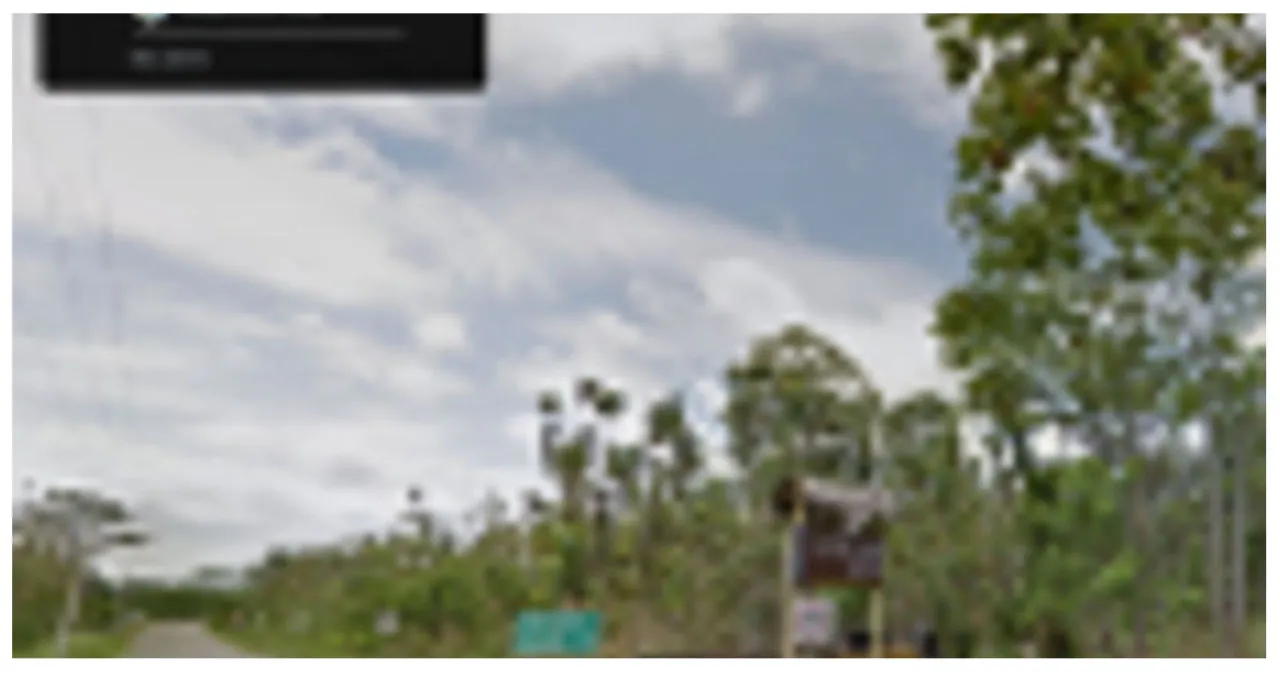Purple Martins have returned to South Carolina once again, marking the beginning of their annual visit.
According to the Purple Martin Conservation Association website, in recent days, around a dozen South Carolinians have reported sightings of adult Purple Martins, also known as scouts. Scouts are the first martins to return to an active colony site each year. They are the oldest members of the population and typically migrate north as soon as the weather permits.
Bird enthusiasts from the eastern and central parts of the United States play a crucial role in tracking and reporting the yearly migration of these beloved birds, on behalf of the association.
Purple Martins in SC
According to the association, here is a compilation of all the places in South Carolina where early Purple Martins have been spotted in 2024.
-
- Galivants Ferry on Feb. 12
- Prosperity on Feb. 11
- Hemingway on Feb. 11
- New Ellenton on Feb. 11
- Varnville on Feb. 11
- Sumter on Feb. 10
- Timmonsville on Feb. 8
- Pamplico on Feb. 8
- Gilbert on Feb. 2
- Hanahan on Jan. 31
Purple Martins
Purple Martins, as stated by the Audubon Society, are swallows that migrate long distances. They have a length ranging from 18 to 11 cm and feature angular, pointed wings along with a forked tail. The males possess a glossy, blue-black plumage, whereas the females have a grayer underside and white bellies.
According to the conservation association, the Purple Martin population in rural America has declined by approximately a third over the past 50 years. This decline can be attributed to various factors, including the loss of nesting habitat, competition from invasive species, a decrease in prey availability, and the impact of climate change.
Purple Martins are renowned in South Carolina for their annual visit to Bomb Island at Lake Murray.
Thousands of birds grace the lake every afternoon at sundown during the period between early July and the end of August. The annual return of these birds to the same island is still somewhat of an enigma. However, experts believe that the warm climate, the island’s natural protection against predators, and the abundance of insects to feed on are all factors that draw the birds to this particular location.
Read More:
- Florida’s Unconventional Move to Redefine State Bird: Plastic Flamingos Soar High
- Recent accidents in Indiana and Michigan raise concerns about officer safety

